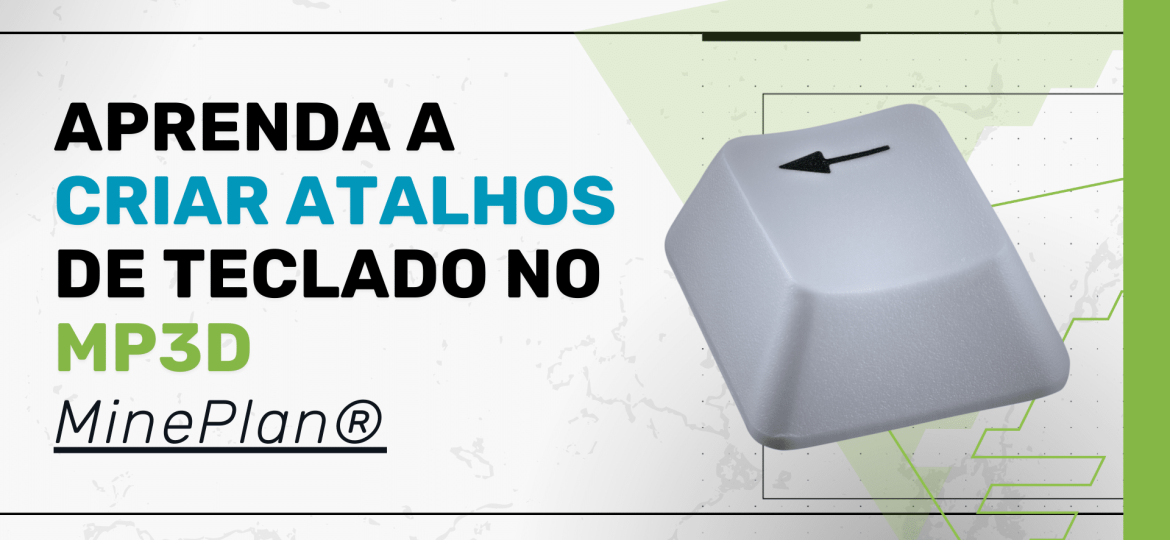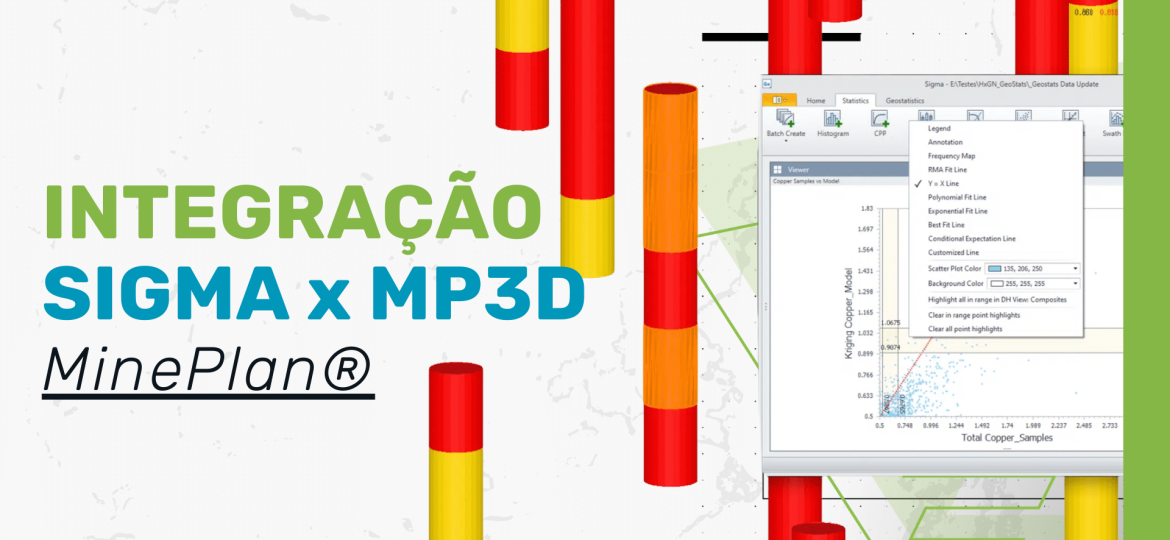Field samples are, without a doubt, the most important part of evaluating and planning a mine. Incorrect information will result in failed resources and mining plans. The reliability of your data is fundamental. O MinePlan Torque will offer the QA/QC module, an embedded, flexible and easy-to-use quality assurance and control tool designed to validate and determine the precision and accuracy of laboratory samples. To do this, it provides graphical and analysis functionalities for analytical samples, standards, blanks and duplicates.
Project Setup and Data Management
O backstage of QA/QC allows you to create, edit, import attributes, laboratories, analytical methods, measurement methods, blank samples, and standards, as shown in Figure 1.
Once the project configuration is finalized, the user can manage all data with quality assurance and control in three different categories: samples, shipments and certificates. Each of these data types can be viewed separately allowing them to be managed in a simpler workflow (Figure 2).
Within QA/QC, there are three sets of graphs, analyzes and statistics for each sample type. Each chart type can be filtered by start and end date, attribute, lab, etc. Once the desired chart type and filters are selected, the data will appear in the browser together with the chart (Figure 3). In the following figures, statistics and specific analyzes of the data represented in the graph are shown.
Graphical Analysis and Benefits of Rapid Validation
The Blanks chart displays a dataset of blank samples arranged by date on the X axis and the resulting grade measured by the laboratory on the Y axis. This chart is useful for detecting the presence of contamination within the laboratory. As blank samples should have a zero content value, any content measured by the laboratory can be considered a contaminant. It is still possible to add a limit of detection (LOD) line at a user-defined value (Figure 4).
The Standards graph is similar to the Blanks graph, and displays the measured values of the standard samples. Field and laboratory standards can be imported and thus validated in order to establish the accuracy of the chosen laboratory's measurement practices and processes (Figure 5).
The Duplicates chart presents a set of original and duplicated value pairs in scatterplot form. Thus, it is possible to establish a baseline for the accuracy of the measurement processes of the chosen laboratory (Figure 6).
This way, all new samples will undergo QA/QC validation in MDTorque and, once accepted, they will be imported into MDTorque to be used in the following processes.
Fast sample visualization and validation will allow you to better leverage your sampling expenses while increasing your productivity, saving time spent on spreadsheets and graphs by third-party software, avoiding the use of CTRL+C and CTRL+V that can generate some kind of erroneous correlation.
The new QA/QC module in MDTorque allows you to evaluate the quality of laboratory measurements for each method and for each attribute. For more detailed information about QA/QC at MDTorque, please contact our team.
To the next!!!




